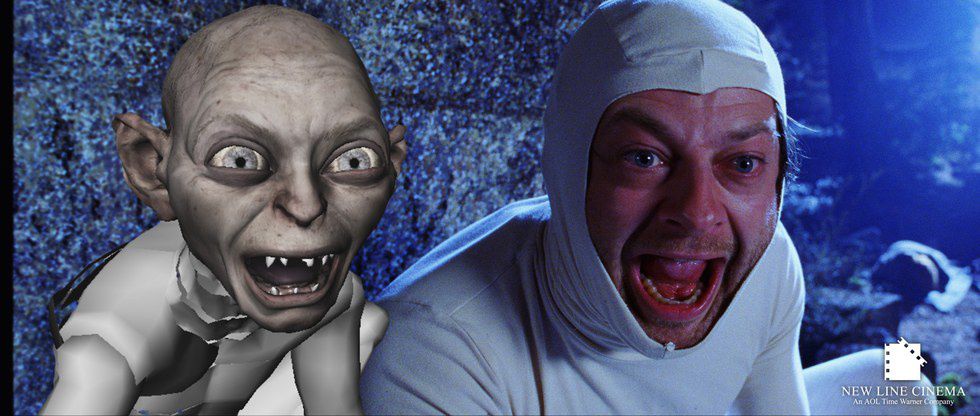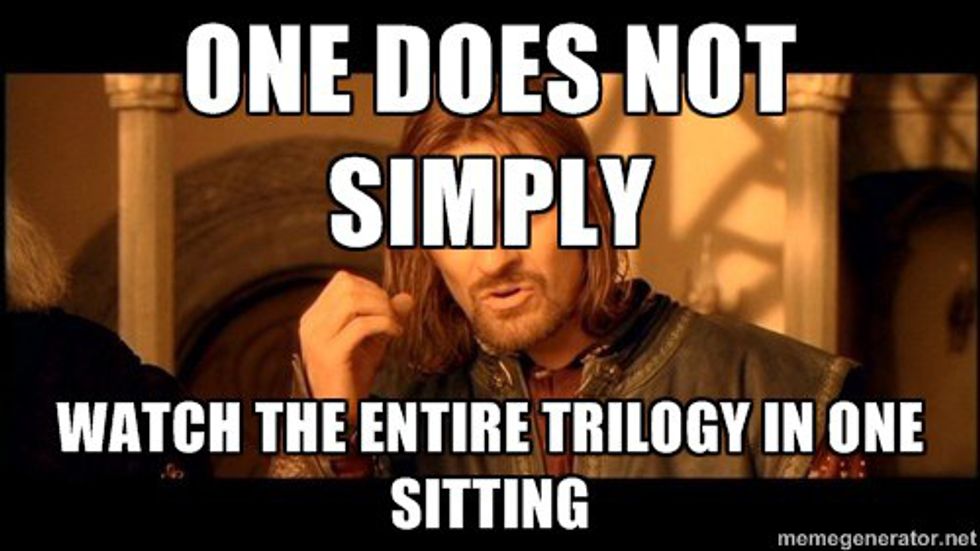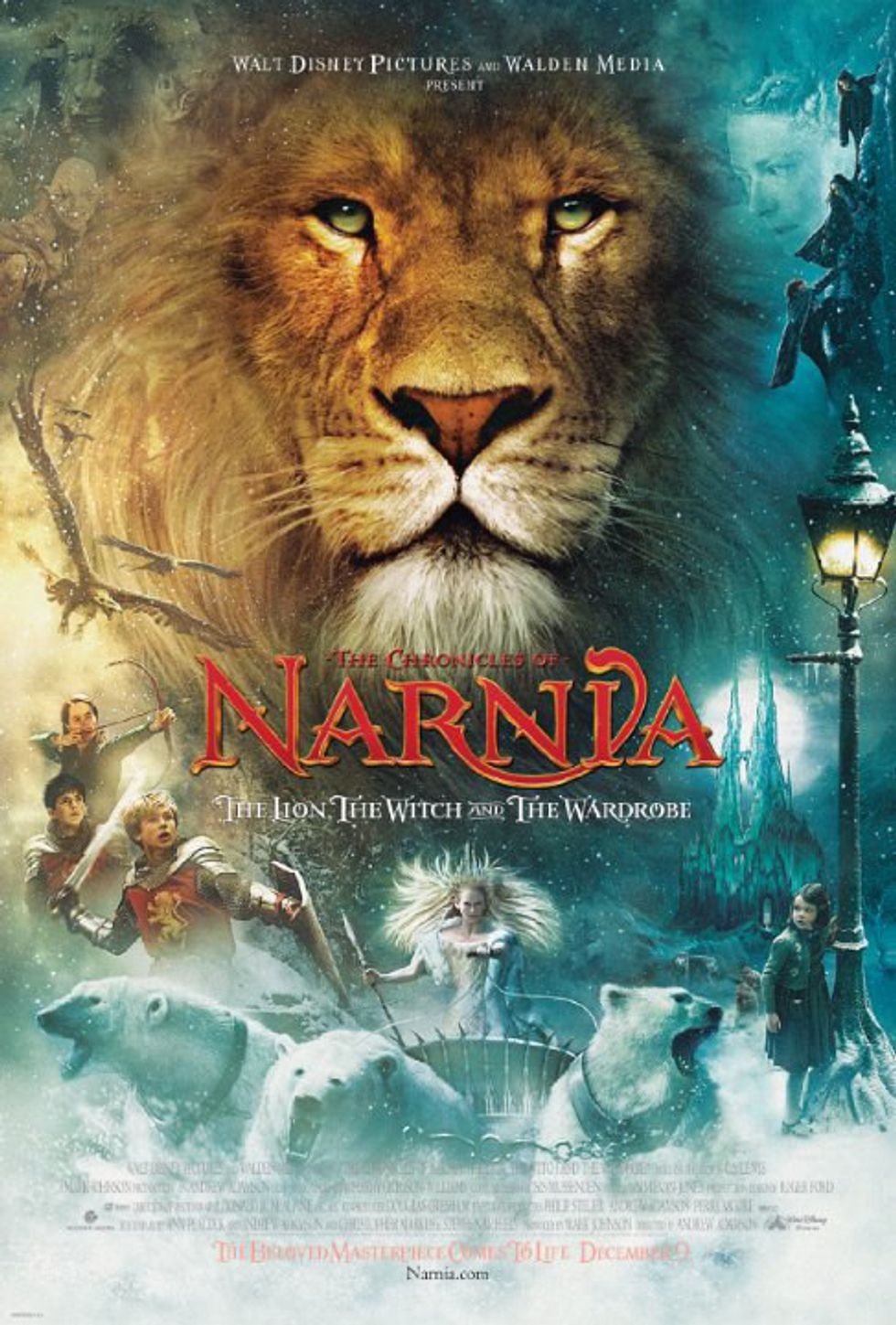The Hobbit and The Lord of the Rings have been very influential books ever since they came out. They were immensely popular both in Britain and in America. When Peter Jackson’s The Lord of the Rings movie trilogy came out it was monumental in many reasons. The following are just a few ways The Lord of the Rings movies have changed our culture and the media.
1. Big-Atures
Recommended for you
The Lord of the Rings used miniatures (that they
affectionately name big-atures) as the way to create many of mythical places in
the world of Middle Earth. All of the establishing shots they show, Isengard or
Lothlorien for example, were actually large miniatures that they built to
create these massive places and settings. The Big-Ature of Lothlorien actually
took up a soundstage. The mallorn trees were 8-26 feet tall and 5 feet in
diameter. It was one of the hardest to build. The ring of Isengard with Orthanc
was almost a mile in diameter. It was built outside in the lot behind the
soundstage. Rivendell and Minas Tirith were other Big-Atures they built. Behind
them, they would put ornate matte paintings to create the scenery around the
place. The Big-Atures were so well done, that you can’t even tell that they are
not real places.
2. New Zealand is a country?
Before The Lord of the Rings decided to film in New Zealand, many people did not know about the country, or even think about vacationing there. Peter Jackson chose New Zealand to film because it was most what he imagined many of the places in Middle Earth to look like. New Zealand has some very versatile and beautiful landscape. After The Lord of the Rings was filmed there, New Zealand became known as “The place where The Lord of the Rings was filmed.” Because of this, many people wanted to visit there. Gregg Anderson, the general manager of Western long haul markets for Tourism New Zealand said: “We’ve seen a 50% increase in arrivals to New Zealand since Lord of the Rings.” This has contributed to New Zealand’s tourism economy a lot. Many people visit New Zealand to go to Hobbiton (which has since actually been built where they initially filmed it) or to climb the same path that Frodo and Sam take to Mount Doom.
3. Fantasy on the screen
Before
The Lord of the Rings, fantasy had
been a genre on screen, usually in the form of Sci-Fi with Star Wars or Back to the
Future, but was not a very popular genre for film. After The Lord of the Rings, fantasy stories
on screen took off. The Chronicles of
Narnia, Eragon, and Harry Potter are examples of this. Movie
companies weren’t even waiting until the series were done before they were
offering contracts to produce some of these films. In turn, this led to the
increase in more recent years in dystopian films such as The Hunger Games and Divergent. People were craving more than realistic fiction, and
even though many of these movies do not win awards for their filmmaking, they
are still immensely popular and make a lot of money in the box office.
4. Gollum as an animated CGI character
Before The Lord of the Rings, animated characters in live action were not normally done. One of the first films to feature animated characters and live action was Who Framed Roger Rabbit in 1988. The first fully animated CGI character in a live action film was actually Jar Jar Binks in The Phantom Menace (1999). A few years later, we catch a glimpse of Gollum in The Fellowship of the Ring. He then becomes a key character for the rest of the trilogy. Gollum is also fully animated CGI. Andy Serkis, who plays Gollum, dressed in a grey body suit and acted out Gollum’s moves. Then they animated over that using Motion Capture. Besides Jar Jar, this revolutionized CGI Motion-Capture for creatures in movies and led to being able to produce more realistic CGI characters in future films using Motion-Capture. Avatar and Planet of the Apes used this technology.
5. Nothing was un-filmable anymore
One of the reasons that fantasy was not usually done as a genre in film was because it was hard to do right. Star Wars revolutionized the use of special effects in a film that had not been done previously. The Lord of the Rings also used special effects in the way that had not previously been done. They played around with Big-Atures (as previously stated), as well as using a technology called MASSIVE to create realistic crowd scenes. They experimented with the concept of forced perspective through camera moves when showing the Hobbits next to the “bigger people.” The cutting edge digital graphics were unprecedented and paved the way for films such as superhero films and historical epics because of the way they were now able to create things they previously had not been able to. They were now able to create a world that was believable while playing with the special effects. Because of this films like Avatar and The Hunger Games were able to be made.
6. Extended movies, extended universe
In the early years of filmmaking, as movies became a popular thing to attend, directors started to make them longer and longer. Gone with the Wind was 3 hours and 58 minutes. Ben Hur was 3 hours and 44 minutes. These movies would have an intermission in the middle of them. However, as people became more and more impatient, they wanted faster paced films with less detail and faster plot points. In the early 2000s, it was foreign to make a film that lasted more than the norm of around 130 minutes. So Peter Jackson released The Lord of the Rings in about that length. However, he wanted to be as true to the books as possible and hated cutting out that much information. So he created the extended versions and released them on DVD. Since then, several movies have done the same, although not quite as extensive to The Lord of the Rings in the amount of extra footage. Many films will just include the cut scenes in their behind the scenes DVD. The Lord of the Rings also set the precedence for including extras of interviews and bloopers etc. The extended versions have almost as much behind the scenes footage on the DVD box sets as the length of the movies. This became an immensely popular thing to do.
7. All the sequels
Before The Lord of the Rings, there were several movie franchises with sequels. But it was not the norm. Star Wars and Back to the Future were a few examples, however, they were not actually meant to have sequels. The Lord of the Rings was by far not the first to attempt multiple movies to tell the story, but they did start a trend in movie companies looking to actually sign on more than one movie in a franchise at a time because they saw that they could make money. Superhero movies, Harry Potter, and Pixar and Disney sequels are examples of this. Unfortunately, this also became a moneymaking business, and many sequels are not nearly as good as their predecessors. Certain movie companies even took this to the new level of splitting the last movie into two to give it more screen time and to add more to the story, as well as a way to make money. Hunger Games, Twilight, Harry Potter and the Deathly Hallows, and even The Hobbit: Battle of the Five Armies, all ended up in this trend.
8. Books to movies
The Lord of the Rings started a trend in making movies from books. This had been done previously in many cases, especially with making the classics into movies. But before, it was never a widely accepted thing for the young adult target audience. After The Lord of the Rings, making movies off of books of all genres for young adult exploded. Percy Jackson, Eragon, Harry Potter, The Chronicles of Narnia, Spiderwick, Divergent, and The Hunger Games, as well as recently Maze Runner, are all examples of this trend. In the last ten years, you can expect at least five movies to come out a year that have been based on a young adult book. And this is not including the movies based off of adult books and short stories that have also been taking off such as Life of Pi, The Secret Life of Walter Mitty, and The Martian. Whether good or bad book to screen translations, this has been and continues to be a trend in the movie making business. And the audiences like it.

























